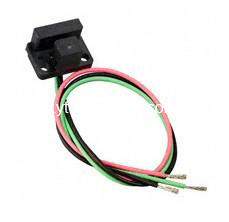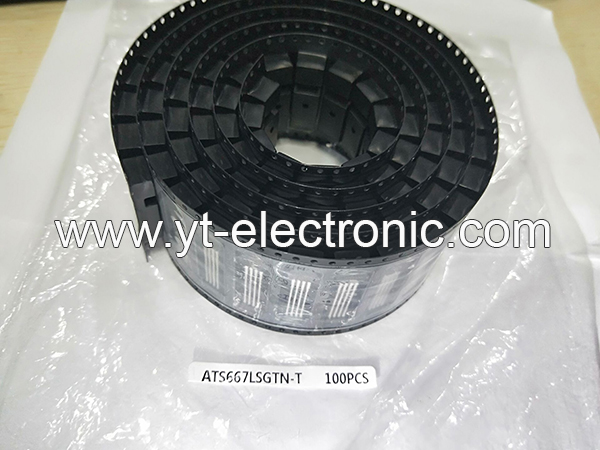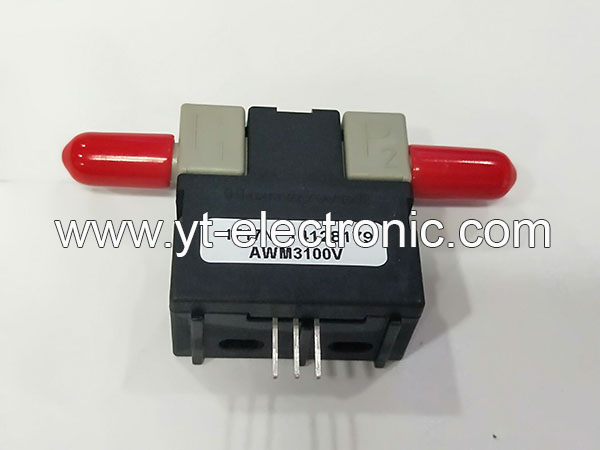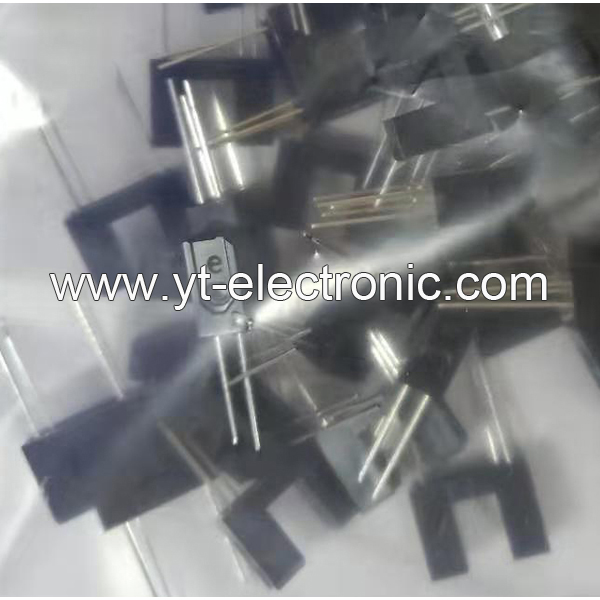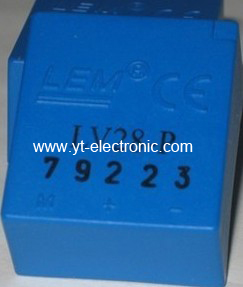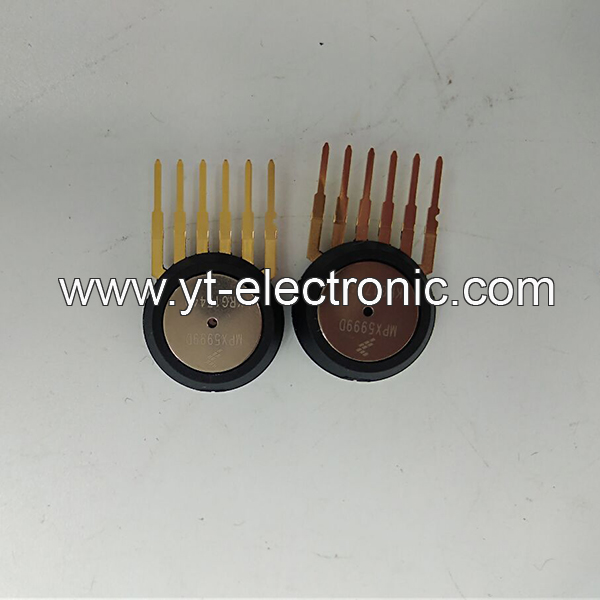Sensors, Transducers
1. Overview
Sensors
A detection device that can sense the measured information and convert it into electrical signals or other usable forms according to specific rules to meet the needs of information transmission, processing, storage, and control. Its core consists of sensitive elements (sense the measured quantity) and conversion elements (converted into electrical parameters).
Transducers
Broadly speaking, it refers to a device that converts energy or signals from one form to another. In the field of electronics, it often refers to a device that converts non-electrical quantities (such as temperature and pressure) into electrical signals, which partially overlap with the functions of sensors.
2. What are the Core Characteristics and Classification of Sensors and Transducers?
1)Technical Features
Sensors: miniaturized, digital, intelligent, and with high sensitivity and resolution.
Transducers: emphasize the conversion efficiency and accuracy of the signal form, such as converting mechanical vibration into a voltage signal.
2)Classification Method
By energy form: physical type (such as light, heat), chemical type (such as gas), biological type (such as enzyme sensor)
By technical principle: resistive, capacitive, piezoelectric, etc.
By application scenario: industrial control, environmental monitoring, medical equipment, etc.
3. Technology development and typical applications of Sensors and Transducers
1)Technology evolution
In the early days, structural sensors were the main type (such as resistance strain gauges);
Solid-state sensors emerged after the 1970s and semiconductor materials were used to improve performance;
MEMS (micro-electromechanical system) technology promoted the miniaturization and integration of sensors, such as the acceleration sensor of automobile airbags.
2)Typical application scenarios
Industrial automation: pressure sensors are used for process control, and photoelectric sensors realize object detection.
Consumer electronics: gyroscopes (MEMS) and temperature and humidity sensors in smartphones.
Internet of Things (IoT): Environmental monitoring nodes rely on a variety of sensors and wireless transmission converters.
4. What are the Industry Trends of Sensors and Transducers?
Intelligent integration: sensors combined with AI to achieve edge computing and adaptive calibration.
Application of new materials: such as aluminum nitride sensors can work stably in high-temperature (900 °C) environments.
Interdisciplinary integration: MEMS technology combines microelectronics and mechanical processing to give rise to new sensing systems.
5. Typical Brands for Sensors and Transducers
Omron
VISHAY
TI
SICK
BOURNS
YAGEO
Onsemi
Molex
ALLEGRO
6. Sensors FAQs
1) How to calibrate the output signal of the sensor?
Calibration needs to be based on the standard reference value of the physical quantity and is achieved by adjusting the measuring resistance (RM/RB) or configuring the gain parameters of the ASIC chip to ensure that the output signal corresponds linearly to the input quantity.
2) What environmental interference should be paid attention to when installing the sensor?
Strong magnetic fields and high-frequency noise sources (such as motors and inverters) should be avoided, and mechanical vibration and temperature fluctuations should be ensured to be within the allowable range of the sensor.
3) How to deal with the zero drift problem of the sensor?
Zero drift may be caused by temperature changes or long-term use. Noise can be suppressed by regular calibration, selecting temperature-compensated sensors, or adding filtering circuits.
4) Does the sensor output signal need to be amplified? How to choose an amplifier?
When the sensor output signal is weak (such as mV level), it needs to be matched with a high-precision operational amplifier (Op-Amp). When selecting, attention should be paid to bandwidth, noise figure, and common mode rejection ratio (CMRR).
5) How to convert analog sensor signals into digital signals?
An analog-to-digital converter (ADC) can be used, and the resolution must match the sensor accuracy (such as 12-bit or 16-bit ADC), and communicate with the microcontroller through the SPI/I²C interface.
6) How to ensure sensor safety in high voltage environment?
Select sensors with insulation that withstand voltage levels that meet the requirements (such as isolated Hall sensors), and design sufficient creepage distance and electrical clearance.
7) How to ensure the performance of sensors under extreme temperatures?
Select wide temperature sensors (such as -40°C to 125°C), and avoid the core material from decreasing magnetic permeability due to temperature changes.
8) How to determine whether the sensor is damaged?
Detection methods include: measuring whether the power supply voltage is normal, whether the output signal is within the theoretical range, and observing whether the linearity is abnormal.
9) What should I do if the performance of the sensor deteriorates after long-term non-use?
It may be caused by material aging or residual magnetism of the core, and a recalibration or demagnetization operation is required to restore the core to its original state.
10) How to choose pressure sensors in industrial automation?
The selection should be based on the medium type (liquid/gas), pressure range (such as 0-10MPa), and output type (analog/digital). Stainless steel housing and corrosion-resistant design are preferred.
11) What sensors are commonly used in smart homes?
Including temperature and humidity sensors (such as NTC thermistors), human infrared sensors (PIR), and air quality sensors (such as PM2.5 detection modules).

